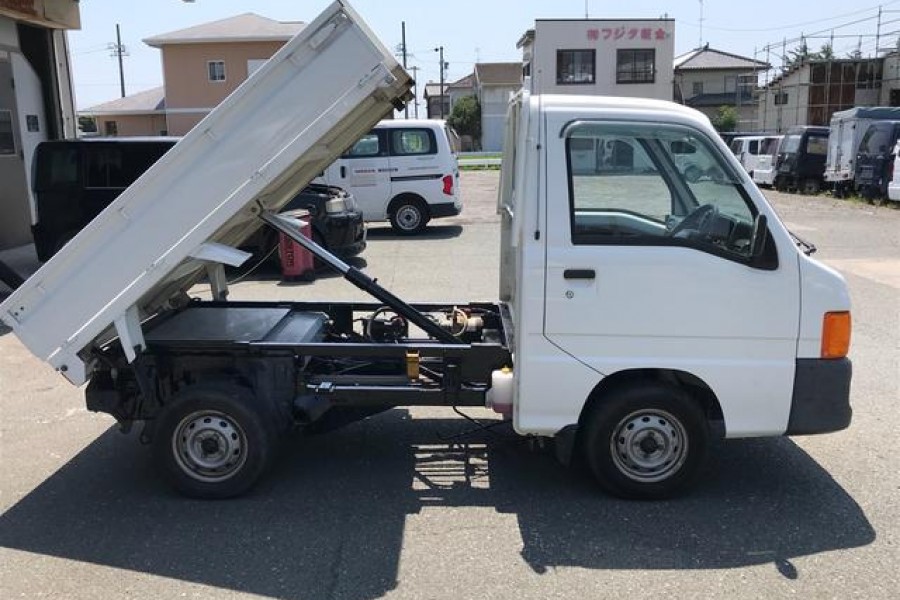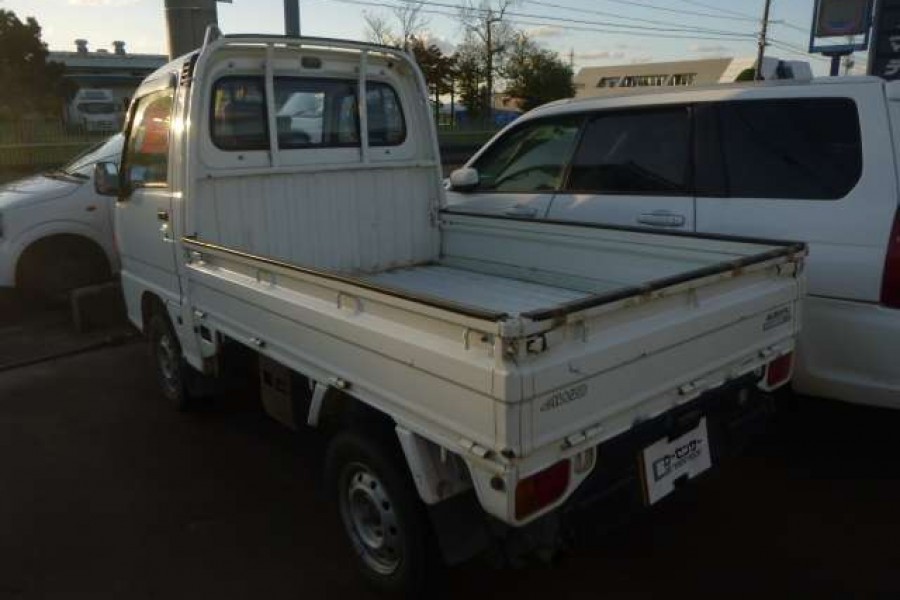The Importance of Having a Suspension System in a Truck
When engineering trucks, safety is a factor that various mechanics put into consideration. The ABS and pre-collision features are some safety features of every truck. Several safety features protect the occupants in case of an accident. But, an important safety feature that protects the body of your truck is the suspension system. It does the role of absorbing shock from rugged terrains to offer you a smooth driving experience.
The suspension system also reduces the chances of your truck engaging in an accident. How? A sound suspension system will always affect the way your truck brakes. You will have the ability to control your truck with ease.
The Composition of the Suspension System
A good driver is that who is curious to know every component of their truck. The suspension system has various parts like the tires, the air in the tires, struts, bars, linkages, joints, coil overs, and bushings.
All these parts work jointly to make the suspension system effective. The coil overs are a crucial part of the suspension, which influences the control of your truck.
Benefits of a Good Suspension System
The suspension and the braking systems are the most crucial parts of your truck. You will require an effective suspension system to create friction between the tires and the road in order to brake. When your truck can brake effectively, you will be less likely to be involved in a road accident.
The suspension system contributes to the stability of your truck. When your truck is stable, the chances of it veering off the road or rolling will be limited. Higher-performance trucks will have a shorter suspension system to reduce ground clearance and increase stability. You can increase your ground clearance by modifying your suspension. However, this can interfere with the stability of your truck. A sound suspension system will maintain the wheel alignment of your truck.
When your wheels are not well aligned, the friction from the regular contact between your tires and the road will wear the tires. A sound suspension system will prevent your tires from wearing out prematurely by maintaining a proper wheel alignment. You will have comfortable handling when your truck is in motion. Preventing premature wearing and better handling will reduce the cost of maintaining your truck.
Your suspension system should always be in good condition. When it starts to wear out, the stability of your truck will reduce, and it won’t be easy to control. The worn-out suspension will damage other vehicle parts if not checked in time and changed. The bad suspension will not be able to absorb road shock properly and transmit it to the entire truck, which will crack or break the body and other parts.
Conclusion
The suspension promotes the safety and stability of your truck. When driving with proper suspension, your truck will be balanced and have better control. The suspension system affects the way other parts of a truck work, for instance, the braking system. It is necessary to keep checking your suspension system and ensure that they are in good working condition.



